“Envisioning involves visualizing with hope, optimism and appropriate ambition a goal that you want to achieve in the future, being specific about what it looks like”
 Dear Integral Meditators,
Dear Integral Meditators,
This weeks article explores how to combine future, present and timeless presence into a complementary, mutually supporting practice. If you enjoy it, it will be the subject of this weeks Tuesday & Wednesday meditation class, you are welcome to join us, live or online.
Next week the new weekly meditation program begins: The Way of the Mindful Warrior – Meditating with the Warriors creed. Details below, or just click on the link for the full write up.
Finally, new event for April on Saturday 23rd, 9.30am-12noon – Zen meditation deep dive mini-retreat
In the spirit of the envisioning & presence,
Toby
Envisioning & presence – Climbing the mindful mountain
This is an article about:
- How to connect what you do each day to the life you want to manifest
- To link your medium and long term goals to your everyday actions.
- To enjoy this process and build Confidence in yourself as you do it
It consists of three parts:
- The view of the mountain
- Climbing step by step the next part of the journey
- Watching the sky from the side of the mountain
The view of the mountain and the destination
This first section involves visualising with hope, optimism and appropriate ambition a goal that you want to achieve in the future. For example, I could take how I would like my business to have grown in the next 2-3years.
- How much money am I making?
- Who are my clients?
- What’s my state of mind?
- Where am I working?
- What are the main components that create value in my work?
I build a picture in my mind of what it looks like. I enjoy being specific about building an ‘inner template’ that I can enjoy inhabiting as if it were true already. The image I build should be achievable, not just fantasy, but it should be as if things had turned out well, and our efforts had translated into manifestation.
This first stage is like when we are climbing a mountain; we look up at the path and plot our course before proceeding. Note that we are being deliberately and consciously future focused for this time.
Step by step
So, once I have the ‘big picture’ that I am working toward, once I have the view of the mountain to climb, I then focus on the next specific stage of the journey; climbing. As a climber this is when I put my head down and just take one step after the next on the path immediately ahead.
With regard to my business, this is where I identify the specific tasks today that I want to focus on doing to take me on the next step of my business journey. At this point I am focused on present moment in time, attending with relaxed attention to the tasks of my day, one after the other, mindfully.
Often when we are going about our day, future thinking comes in in the form of worry or anxiety, getting in the way of our being effective at what we are doing in the moment. Here we are trying to reduce this type of activity, using the task at hand.
If in my business I do a day of tasks related to creating it, one after another, then this is time well spent with regard to my big picture, future goal. I also have the sense of confidence and achievement of having executed effectively the tasks I have set myself, even if they weren’t all easy or pleasurable.
Watching the sky
At points in the journey up your mountain, you want to sit down, look to one side and enjoy the view of the sky and landscape around you. Here you are not focused on the future, or the task at hand, rather you focus on the pleasure and regenerative energy of non-doing, non-thinking and just being. Imagine you are looking out on the landscape. It’s a clear day with plenty of blue sky, few clouds and plenty of sunlight. Just relax into the discipline of doing no-thing, going no-where and allowing all of your energy to come into the present moment. Not just the present moment in time, but the present moment out of time, the eternal present, a place of timeless regeneration and luminous ease. This period in your day enables you to stay fresh, enthusiastic and inwardly young as you continue your journey up the mountain, it prevents burnout and keeps it all in perspective.
These three mindful activities enable us to manifest our goals, connecting our visions
to our actions, without burning out. A part of your day, and your mindfulness practice can be dedicated to each of these.
Related article: Working Samadhi – The way of the mindful warrior
Article & content © Toby Ouvry 2022, you are welcome to use or share this article, but please cite Toby as the source and include reference to his website www.tobyouvry.com

In April – Monthly Qi Gong & Taoist Breathwork Clinic & Mini-retreat
In a sentence: Experience unique Qi gong and Taoist breathing techniques to improve your immune system, energy level, psychological wellness and enhance your meditation…read full details
 Starts Tuesday 5th/Wednesday 6th April 2022 – The Way of the Mindful Warrior – Meditating with the Warriors creed
Starts Tuesday 5th/Wednesday 6th April 2022 – The Way of the Mindful Warrior – Meditating with the Warriors creed
In a sentence: Establish the inner strength, skill and courage needed to make you resilient in the face of life’s challenges, and thrive in both times of adversity and times of peace.
Overview: The Warriors Creed is a poem by an unknown Samurai in the 14th century. It outlines a code of conduct and a state of presence based around a series of inner qualities that can be cultivated through mindful contemplation, then applied to our daily life…read full details
 Saturday 23rd April, 9.30am-12noon – Zen meditation deep dive mini-retreat
Saturday 23rd April, 9.30am-12noon – Zen meditation deep dive mini-retreat
These 2.5hour Zen ‘mini-retreats’ are a chance to go into much deeper meditation states than you would be able to in your own personal daily practice, or even if you came to a one-hour class. Using sitting meditation methods in combination with breathing techniques and gentle stretching/mobility exercises Toby will guide you into deep meditative flow states that create the experience of a calm, unified, harmonized, resilient body, mind & heart…read full details
http://integralmeditationasia.com/workshops-classes/zen-meditation-deep-dive-mini-retreat/
Are you looking a coach who can help you to:
- Meet the challenges, stress and changes that you face in a more effective and mindful way
- Become happier within yourself, in your relationships and at work
- Be actively accountable for finding a sense of balance/well-being in your life and fulfilling your personal potential?
- Guide you to find and operate from a deeper sense of meaning, motivation and connectivity in your life?
All upcoming classes and workshops at IMA:
Ongoing – Weekly Tuesday, Wednesday Online class schedule
Ongoing on Wednesday’s, 7.30-8.30pm – Wednesday Meditation for stress transformation and positive energy with Toby (Bukit Timah)
Ongoing on Tuesday evenings, 7.30-8.30pm – Tuesday Meditation for stress transformation and positive energy with Toby (East Coast)
Ongoing January-March – Zen: The ordinary path to enlightenment – Meditating with the Ten Ox Herding pictures
In April – Monthly Qi Gong & Taoist Breathwork Clinic & Mini-retreat
Starts Tuesday 5th/Wednesday 6th April 2022 – The Way of the Mindful Warrior – Meditating with the Warriors creed
Saturday 23rd April, 9.30am-12noon – Zen meditation deep dive mini-retreat
Tues 17th/Weds 18th May: Wesak meditation
Integral Meditation Asia
Online Courses * 1:1 Coaching * Books * Live Workshops * Corporate Mindfulness Training *Life-Coaching * Meditation Technology
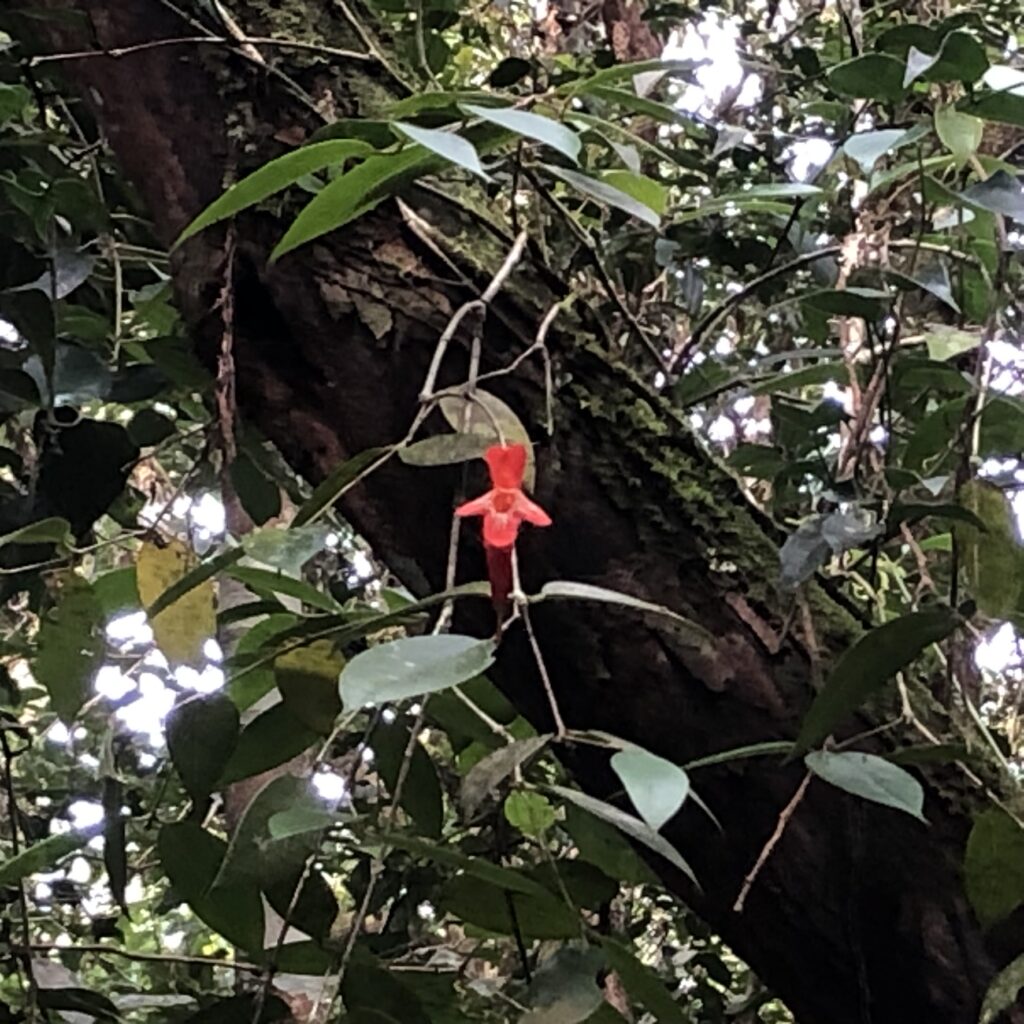
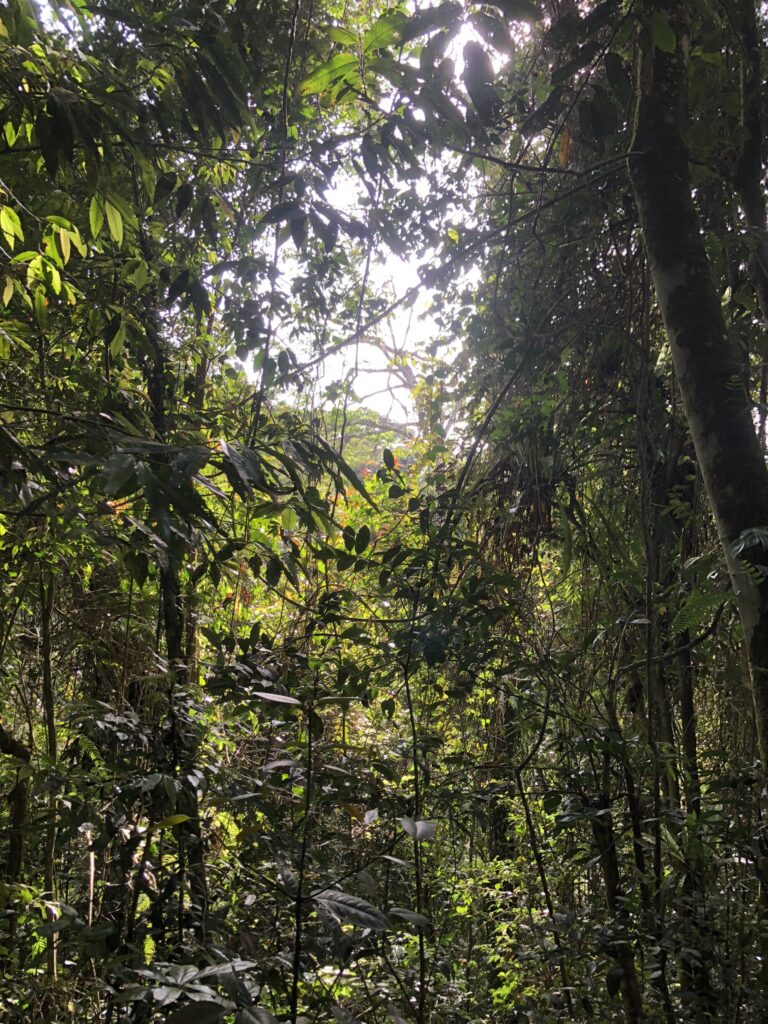

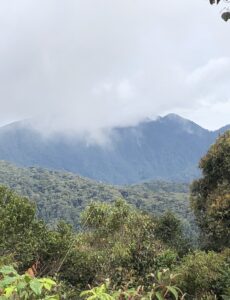 Dear Integral Meditators,
Dear Integral Meditators,


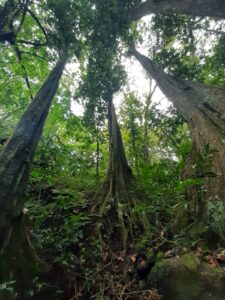 Dear Integral Meditators,
Dear Integral Meditators,

 ,
,
 Dear Integral Meditators,
Dear Integral Meditators,
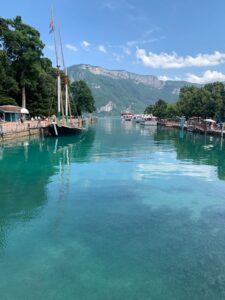 Dear Integral Meditators,
Dear Integral Meditators,
 Dear Integral Meditators,
Dear Integral Meditators,

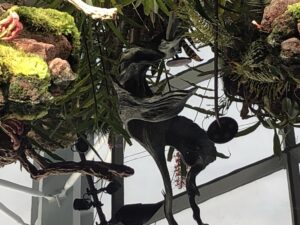 Dear Integral Meditators,
Dear Integral Meditators,